Sebastian Thiede defended his Master thesis
12/13/2023
Today Sebastian Thiede defended his Master's thesis on the topic 'Improvements of heat flux calculations for water-cooled plasma-facing components in W7-X. In his Master's thesis, Sebastian Thiede developed a code (layer THEODOR) for calculating the heat flow within the wall. The code can calculate components composed of different materials, such as the new divertor of Wendelstein 7-X. This now allows to calculate the heat flux from the plasma to the divertor to be determined from thermographic data. The code was validated using an analytical model, in comparison with ANSYS and with comparative measurements using caliometry. It was a great job. Congratulations. Special thanks at this point to Yu Gao, who supervised this work. That was great support.
Scaling behaviour of limit-cycle oscillations at the L-H transition
12/12/2023
Limit-cycle oscillations (LCOs) occur during the transition from low to high confinement. These occur in the low kHz range. Ondrej Grover and Peter Manz suggested that the frequency depends on the size of the tokamak and developed a model for this. In a recently published study, this was demonstrated using a database with data from the largest tokamak (JET) to ASDEX Upgrade, COMPASS and the smallest tokamak (Globus-M).
QCM in EDA H-mode and QCE regime
12/08/2023
For future tokamak-based fusion reactors, only ELM-free confinement regimes are actually possible. Two of these - the EDA H-mode and the QCE regime - are characterised by a quasi-coherent mode (QCM) in the turbulence. This was systematically characterised in the work of Joey Kalis in ASDEX Upgrade. The QCM is a ballooning mode. The work was recently published in Nuclear Fusion.
New member of team for Helicon wave physics for the development of a helicon plasma cell for particle-driven wakefield accelerators
12/1/2023
Linear particle accelerators accelerate particles by gradients in the electric field. Plasma wakefield accelerators provide gradients several orders of magnitude higher than conventional linear particle accelerators significantly reducing the required size, thereby promising affordable and compact accelerators for various applications. The high electric fields require high plasma density. Helicon discharges are known to provide the highest densities in linear geometry. The prototype experiment PROMETHEUS-A developed in Greifswald with strong contributions by Dr. Fahrenkamp has demonstrated the required high density. The physics of helicon discharges at this particular high density is different from those in conventional helicon discharges. Based on code developments in Stuttgart, we will develop a code to understand the wave propagation and dissipation, the interplay with the gradients and the impact of the plasma boundaries. First, the code will be developed with the help of comparisons with experiments. We were able to win Oliver Lass for this project. It is Oliver Lass' job to carry out such experiments. As VINETA is not yet operational, he will carry out the first experiments on MAP in Madison and then later on VINETA and PROMETHEUS-A at CERN. The overall aim is to use the code to optimize helicon discharges towards particle-driven wakefield density requirements.
Water tornado running
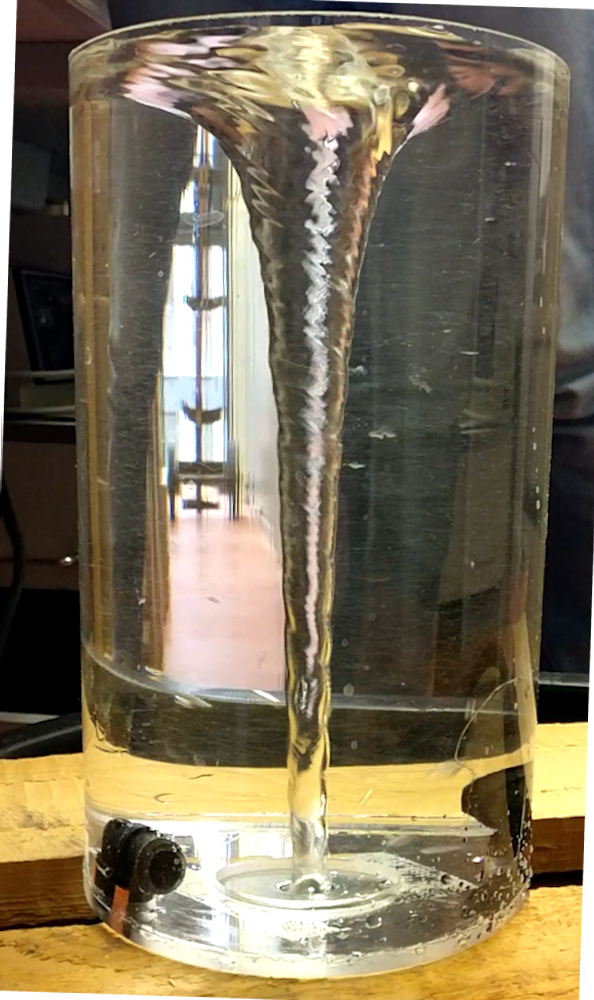
11/28/2023
Floris Scharmer developed a concept for a water tornado as part of his work group internship. The water is fed into the lower part of the pool via two rotating nozzles and runs out at the bottom in the middle. The concept was successful right from the first attempt. Gravitational force and centrifugal force balance each other and lead to a 1/r profile of the water surface. This will make it possible to imitate a gravitational profile for our MRI experiment SWADEX-II. We would like to thank Mr. Scharmer for his great work.
PANTA measurement campaign 2023
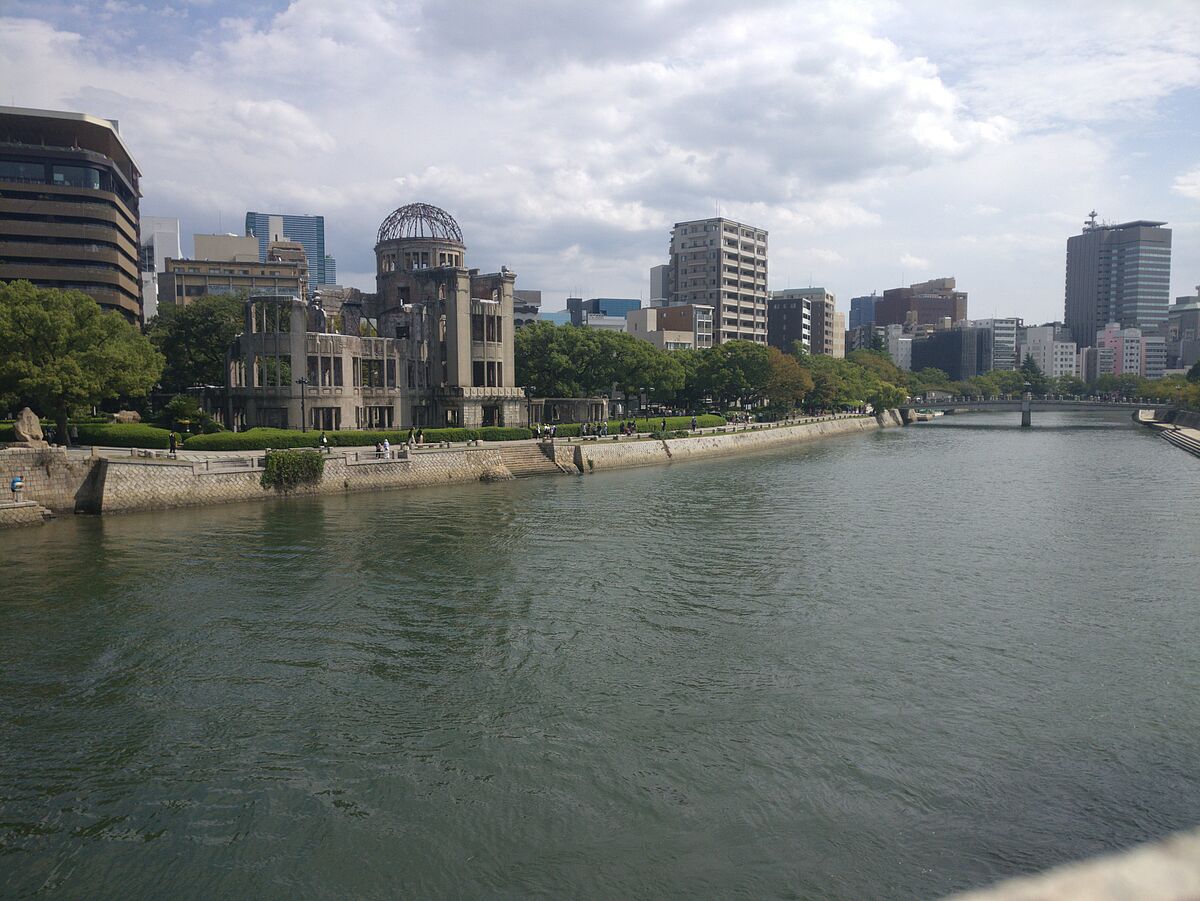

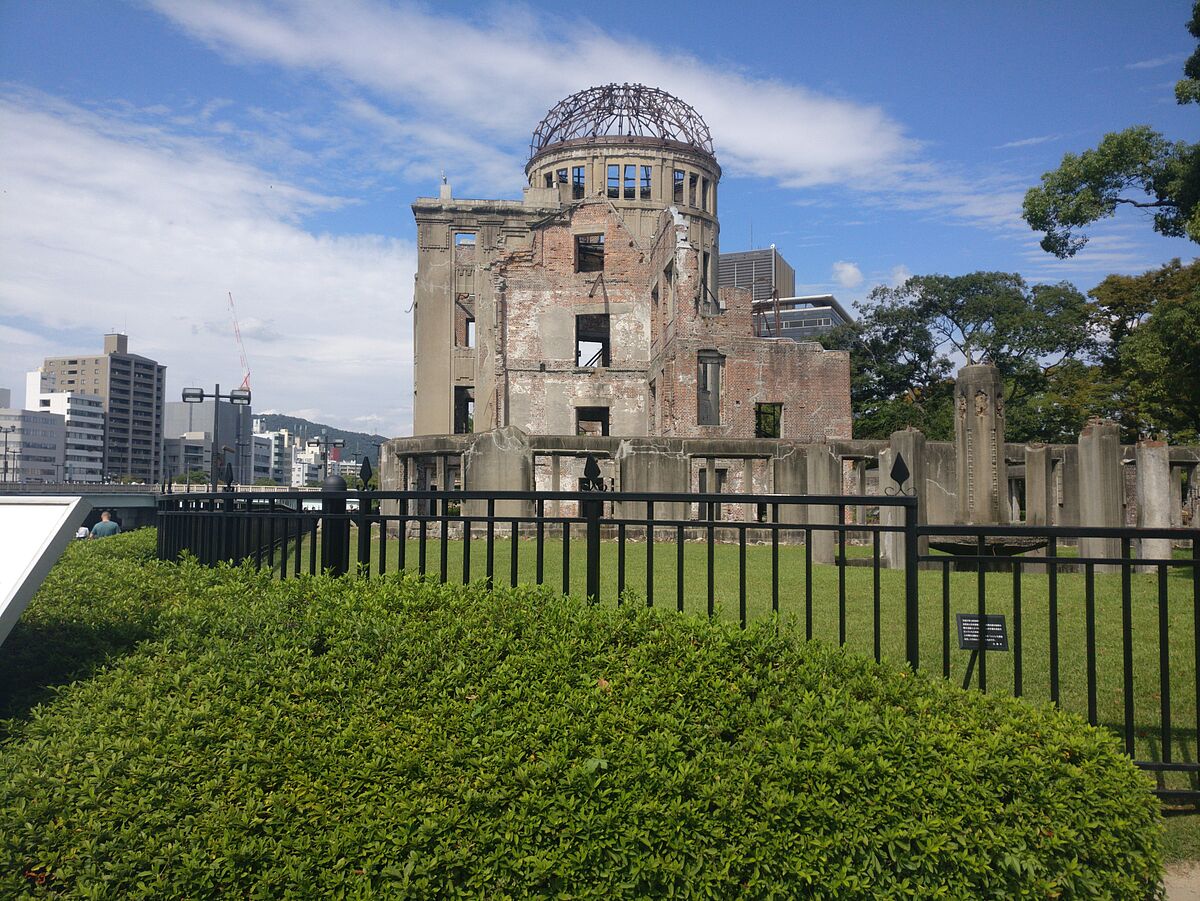

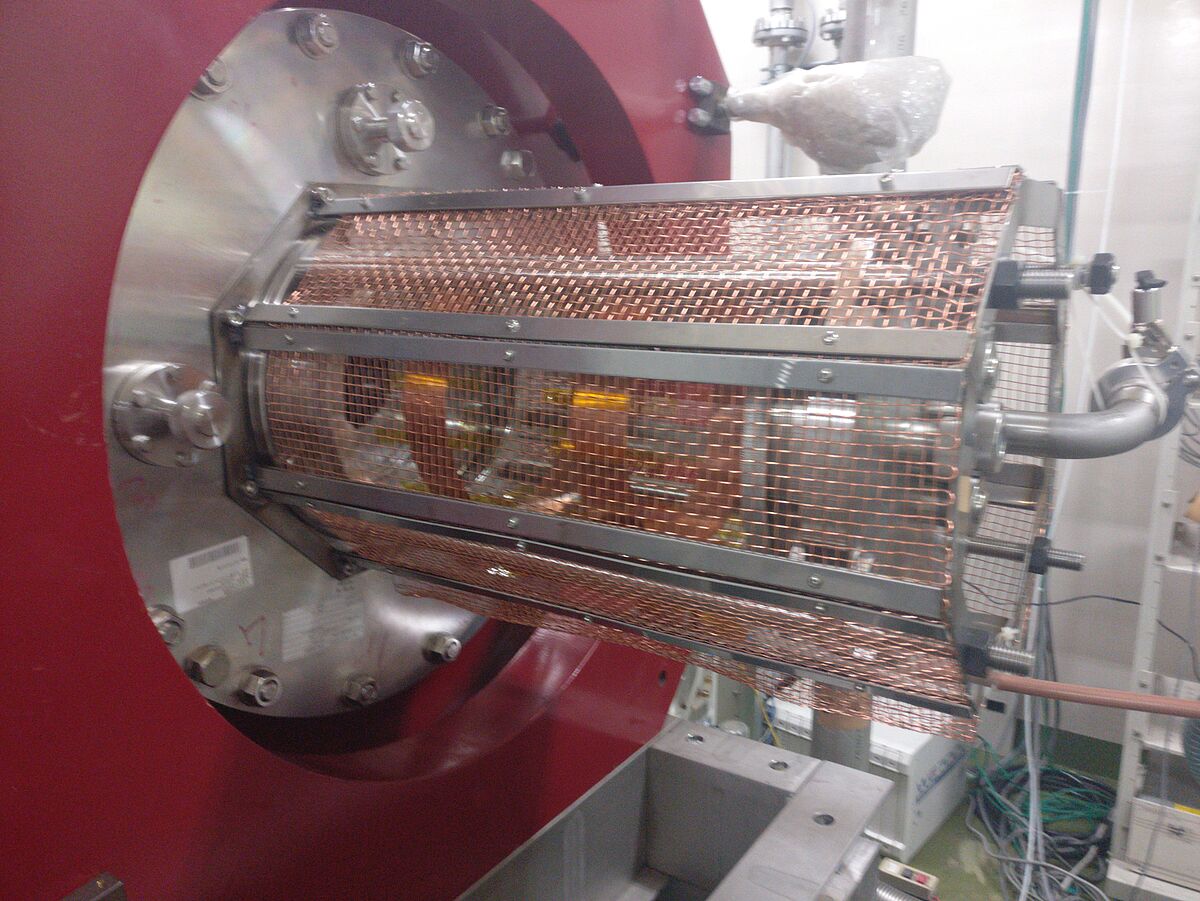
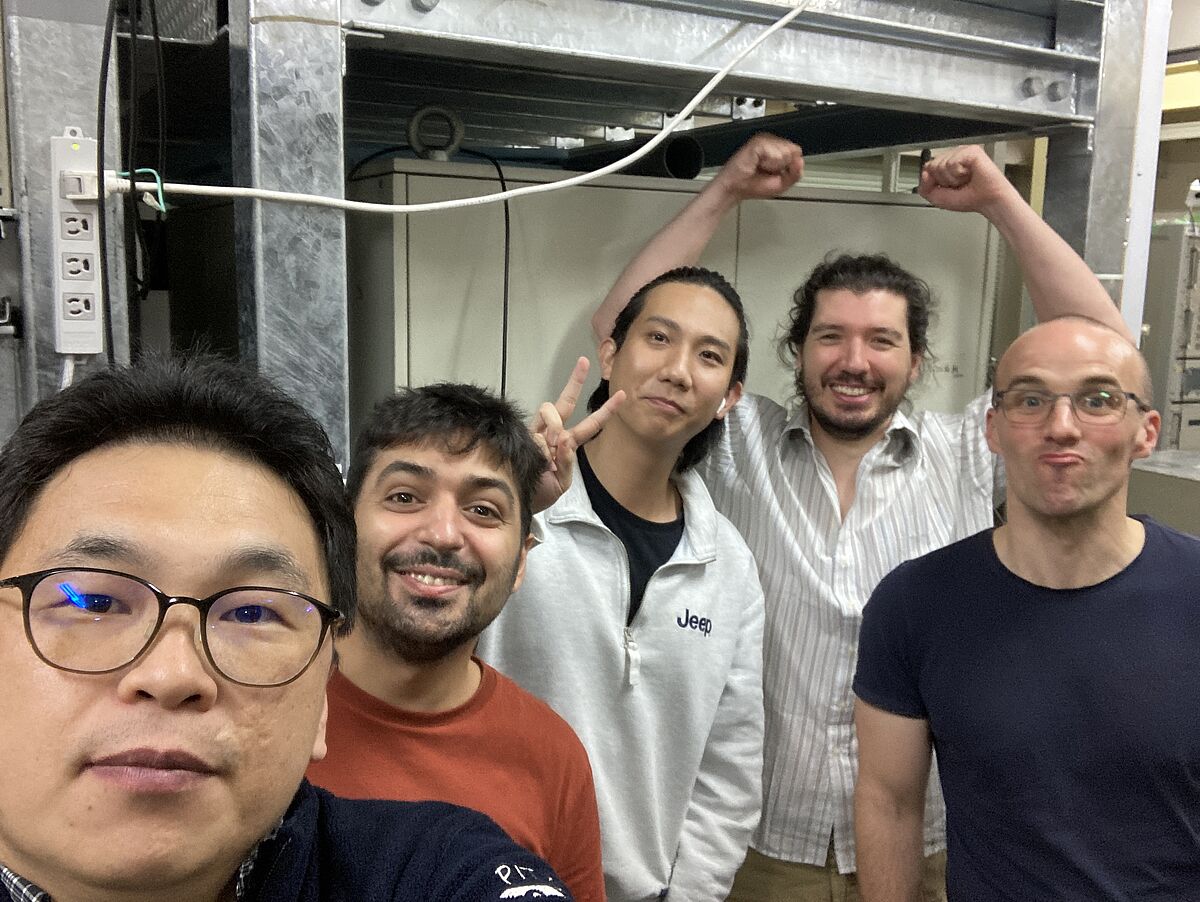
This year we visited the PANTA team at Kyushu University in Fukuoka gain. We went there with the goal to investigate phase transitions from the E to H to W-mode, the dependence of the
plasma density on the magnetic field and measure plasma profiles in addition to 64CH data to compare plasma properties to pipe flows.
The PANTA team was very welcoming and helpful. They went the extra mile to prepare everything and PANTA was in excellent condition. To give an example: they built a probe with five tips, which could be sweeped simultaniously. This probe made it very efficient to meassure profiles and we were able to quickly operate.
After work we enjoyed the many restaurants in Fukuoka. The food was simply delicious (and also good in the cafeteria ). We also took the chance to visit the peace monument in Hiroshima (see attached picture).
We wish the PANTA team the best of luck with setting up their new source (see attached picture) and are excited to see the results. We very much like to thank Prof. FUJISAWA Akihide for the invitation and this great opportunity, Prof. MOON Chanho for his supervision, Prof. NAGASHIMA Yoshihiko and Prof. YAMADA Takuma for their valuable feed back and NIIYA Ichiro and CHEONG Hanshin for their assistance in the lab. We are looking forward to next year!
Nondiffusive, nonlocal transport in the presence of steep gradients
09/22/2023
The edge of fusion plasmas in characterized by steep gradients. In the presence of steep gradients, the applicability of local transport theory can break down. In general, when the scales of the mean field become comparable to the scales of the perturbations, the mean field no longer varies slowly in space. Hence, the higher spatial derivatives need to be retained. In this case, one can either use a series expansion or replace the expressions by convolutions of the mean field with some integral kernels. We investigated the turbulent transport in the presence of steep gradients by means of integral kernels in the stellerator TJ-K at the univeristy of Stuttgart. This work, based on a Bachelor thesis by Nils Müller from the University of Hamburg, has been recently published in Phys. of Plasmas.
We are hiring (the application period has expired)
we are looking for a PhD student in plasma physics
The research group deals with dynamics in magnetized plasmas. High plasma densities are required for plasma wakefield accelerators, which can be achieved by means of helicon discharges. Helicon waves are electromagnetic waves in the radio frequency range that propagate in a magnetized plasma. The physics of helicon discharges at this particularly high density differs from conventional helicon discharges. The physical basis of helicon discharges with respect to the requirements of particle-driven accelerators will be investigated experimentally. First year work will be done at the University of Wisconsin-Madison. Finally, measurements at CERN are planned.
High willingness to travel and very good English skills are required.
Your applications with the usual documents should preferably be sent by e-mail (one pdf file), quoting job vacancy number 23/B24, by 29.08.2023 to peter.manz@uni-greifswald.de
Opening of the Charkiw lecture series
06-28-2023
The Charkiw Lectures are a series of lectures introducing the stellarator concept for magnetic confinement fusion. The virtual lectures cover the current state of research with emphasis on the latest developments in the field of helical confinement and the prospects for the reactor. Prof. Manz will open today with an introduction to the "Essentials of magnetic confinement fusion".
Remote-controlled experiments at the GOLEM-Tokamak for high school students
As part of the project subject 'Physics at the University' of the Alexander-von-Humboldt-Gymnasium in Greifswald, students were guests and learned about fusion research. After a preparation, they performed experiments at the tokamak GOLEM in Prague remote on 15.06.2023 in a competition to see who can achieve the highest energy confinement time. In one and a half hours, 14 discharges were performed with 33 attempts. We thank Vojtěch Svoboda for performing the experiments.
Results on the power dependence of the maximum achievable H-mode and (disruptive) L-mode separatrix density published
2023/06/11
In future fusion reactors disruptions must be avoided at all costs. Disruptions due to the density limit (DL) are typically described by the power-independent Greenwald scaling. Recently, a power dependence of the disruptive DL was predicted by several authors (Zanca et al 2019 Nucl. Fusion59 126011; Giacomin et al 2022 Phys. Rev. Lett.128 185003; Singh and Diamond 2022 Plasma Phys. Control. Fusion64 084004; Stroth et al 2022 Nucl. Fusion62 076008; Brown and Goldston 2021 Nucl. Mater. Energy27 101002). It is investigated whether this increases the operational range of the tokamak. Increasing the heating power in the L-mode can induce an L-H transition, and therefore a power-dependent DL and the L-H transition cannot be considered independently. The different models are tested on a data base for separatrix parameters at the separatrix of ASDEX Upgrade and compared with the concept (SepOS) presented in Eich and Manz (2021 Nucl. Fusion61 086017). The disruptive separatrix density scales with the power n~P0.38+/-0.08 in good agreement to all models. Also the back transition from high to low (H-L) confinement shows an approximately Greenwald scaling with an additional power dependence n~P0.4 according to the SepOS concept. For future devices operating at much higher heating power such a power scaling may allow operation at much higher separatrix densities than are common in H-mode operation. Preconditions to extrapolation for future devices are discussed.
Supercap Workshop
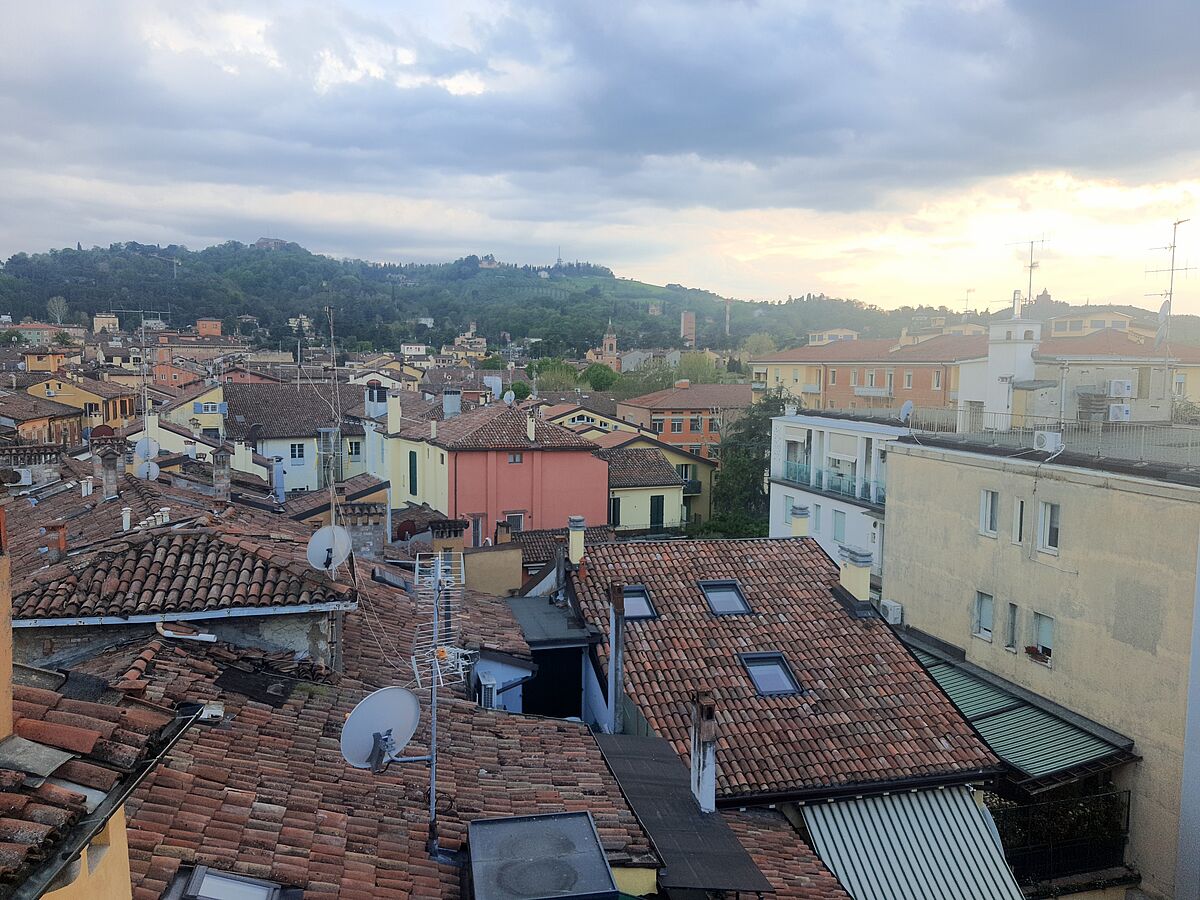
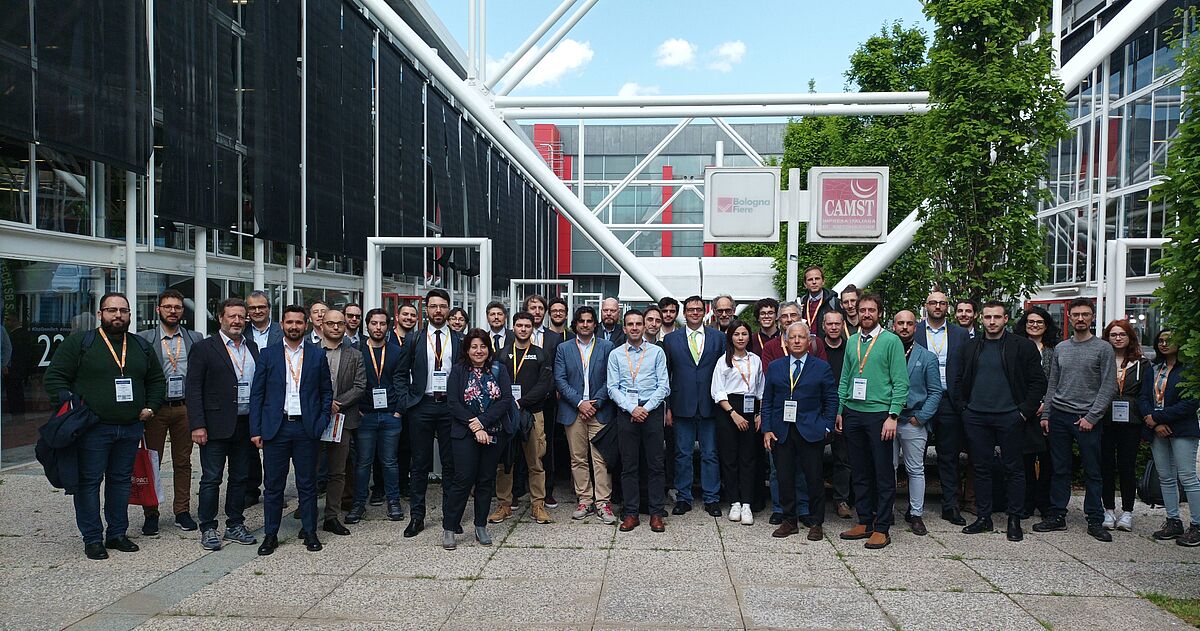
04-19/20-2023
A craving for spring, interest in energy storage methods, and an exchange about power electronics for use on fusion plasmas brought Sebastian Haag to Bologna, Italy. There he was invited to participate in a Supercap Workshop (https://www.supercap.org/) at the E-TECH exhibition center. In many interesting lectures new developments in Supercap technology were presented and applications were explained. Supercaps are indispensable especially for the operation of extremely power dense power supplies. These components are characterized by very short charging times, incomparably high life cycles and stable discharge voltage characteristics even at extremely high current loads. This makes them predestined for power electronics for igniting and driving fusion plasmas.
Special thanks go to Alessandro Lampasi from ENEA for the invitation to Bologna and together with other people for the organization of the workshop.
Furthermore, Sebastian Haag was able to exchange ideas with Juan Sánchez Gamino about the power electronics of the SMART Spherical Tokamak and with Simone Mannori (ENEA) we were able to jointly develop concepts for the construction of miniaturized power electronics similar to those of the center-solenoidless reactor PROTO-SPHERA.
We as a working group thank them and look forward to further profound cooperation.
Visit to GOLEM tokamak in Prague
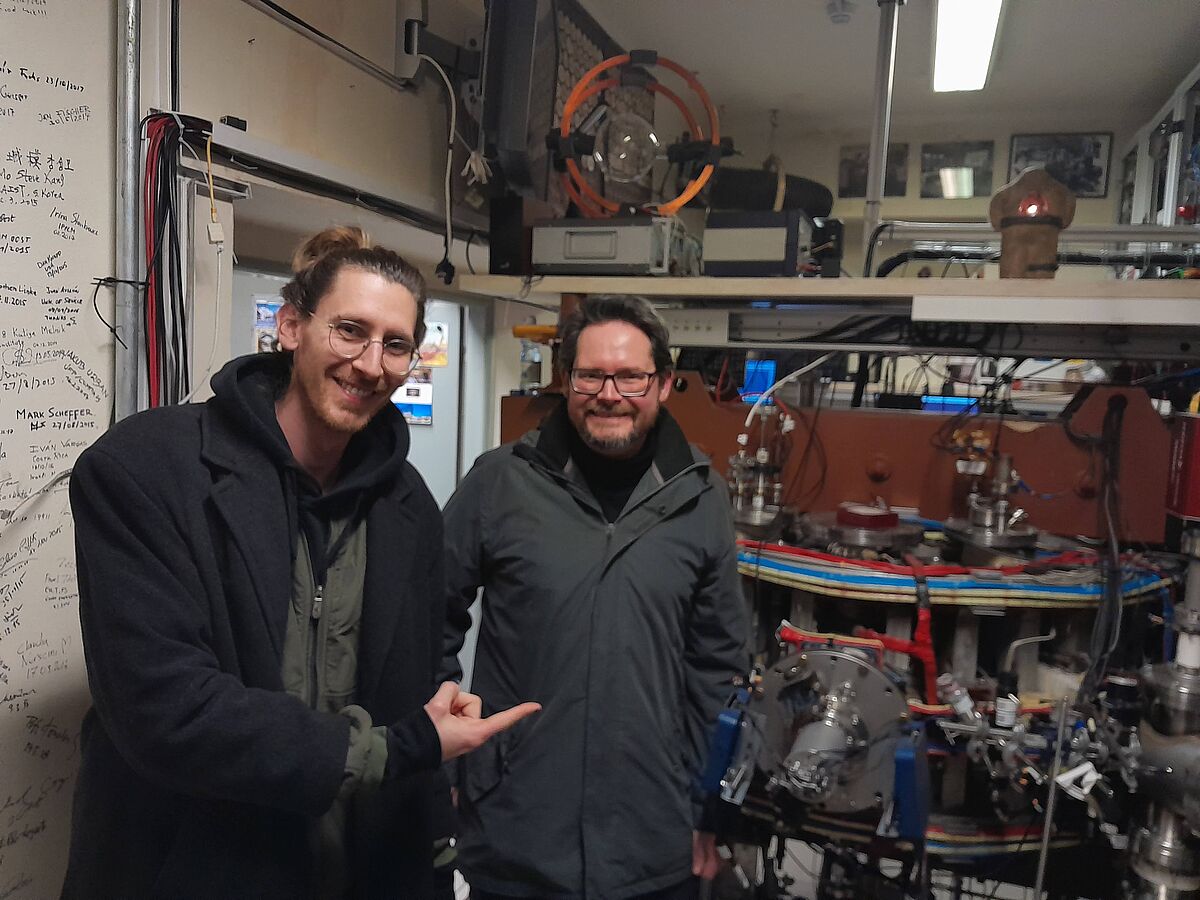
2023/03/09
We visited GOLEM tokamak in Prague on 6.3, and 7.3. GOLEM is dedicated to training new forces for nuclear fusion. A special feature is that the experiment can be operated remotely. This enables experiments to be carried out from Greifswald as well. Vojtěch Svoboda gave us an introduction to his experiment. We would like to thank him very much and look forward to a great collaboration.
